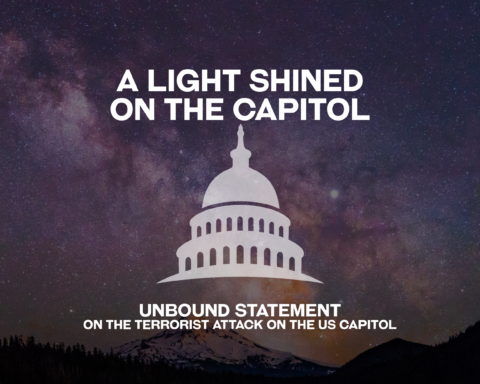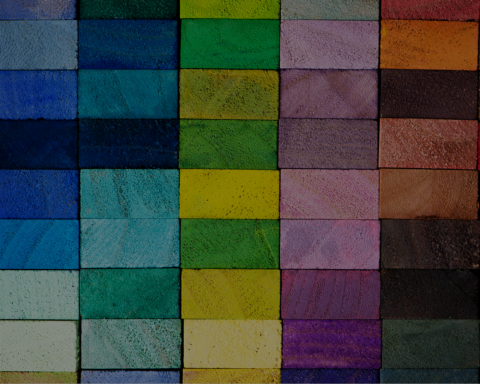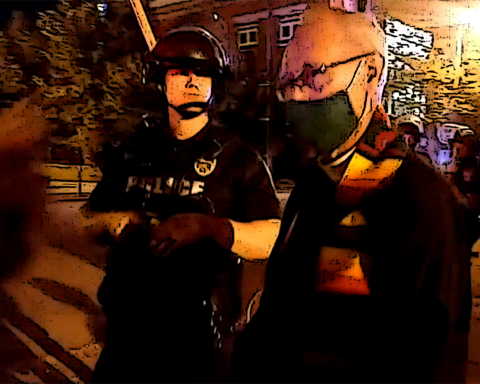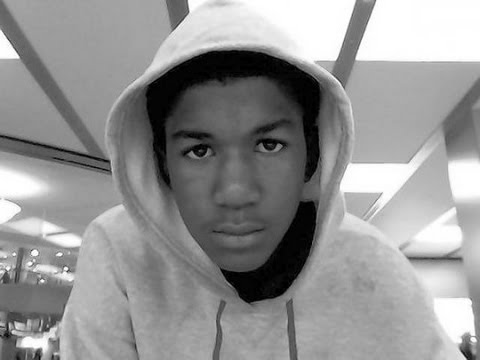“Color Me Part of the Human Family”
Video used with permission from the Presbyterian Historical Society, part of the Living History film project.
Bettie J. Durrah, church elder, shares her experiences as a leader of Presbyterian and women’s groups, including her work as a choreopoem author.
Edited Transcript:
I’m Bettie J. Durrah, ruling elder at Radcliffe Presbyterian Church, and I’ve been a member of this church for many years.
I went to a women’s college. My three sisters and I went to a women’s college here in Atlanta, Spelman College. But also as an African American woman who has seen injustice, I just try to push for justice issues, write about justice issues. The only thing is as I became involved in the church, I just continued, and it wasn’t hard. Nothing was forcing me, it was just who I was.
One of the most important roles from Presbyterian Women in the church is to prepare women to be leaders in the larger body. Now I have an expression called “Live the polity”, and I have tried to live the polity. I think Presbyterian Women as an organization has been preparing women to live the polity so that they not only work within that organization but then they can go and work in the governing bodies.
As many of the women became elders, then they gave up Presbyterian Women or they didn’t work as hard with Presbyterian Women, but I continued working with Presbyterian Women. But I think that’s one of the key things that that organization has done, is simply to prepare women to lead in different arenas, including in the ecumenical arena.
As I worked with Presbyterian Women, through a number of leadership positions, I then became the moderator of PW at the presbytery and then at the Synod level, and served on a number of other committees, blue ribbon committees, and at the point of reunion, I was part of a join committee on women, where we were able to put together all the women’s constituency groups that were going into the new denomination.
___________________________________________
Presbyterian Women as an organization has been preparing women to live the polity so that they not only work within that organization but then they can go and work in the governing bodies.
___________________________________________
But with Church Women United, I was working simultaneously with Presbyterian Women and a few other organizations, and then went to serve on the nominating committee for Church Women Uniting nationally, and finally becoming, a few years ago, chair of the Communications Committee. Because of that, I had responsibility for preparing the newsletter which came out every other month.
It was a one-woman task. I gave it up briefly, and another woman assumed it, so it has about a 24-year history. But I included information about so many things that were happening across the denomination that other people wanted it, so we had a wide following of individuals across the country who received that newsletter each month. That was one of the highlights for me, to do that newsletter and to receive the affirmation from women across the country, not just women, also some men, across the country. Even though I was just learning computer – not knowing how to scan –I never missed a deadline. The first Saturday of each month for 22 years they received that newsletter. So that is one of my biggest things that I have really enjoyed doing.
I’d written for a Women’s Day celebration at this church. I’ve just written on a number of things. But I always write for two, three, four, sometimes five voices, and that gives an opportunity for not just one woman or two women to share their voices, but for many women to share. And it’s something that one doesn’t have to do a lot of rehearsing; one simply has to project oneself and come across.
___________________________________________
As soon as the group of six women ended, one woman in the audience stood and said, “A vision!” Well, the entire community stood and said “A vision, a vision, a vision.”
___________________________________________
So I have between 30 and 40 choreopoems. Because “Colors of Human Family” has been all over the world, after we did it in ‘82, we were asked to do it at reunion in 1983 here in Atlanta. And then in ‘84 I was part of the Global Consultation to Southern Africa representing Presbyterian Women in the Synod of the South Atlantic – six southeastern states – and we were able to present that.
“Color me yellow, color me brown, color me black, color me red, color me white.” Then everybody: “Color me part of the human family.” And then we would talk about each one.
Let me just do the one for the black woman:
Color me brown,
Color be black,
Ebony, sepia
Color me fierce and proud,
African people, Watutsi, Yoruba, Wolof,
African American, Colored Negro,
But color me black.
And it goes like that. And then the next person:
Color me red, red
Sparkling majestic red,
Color me fire and blood, giving life,
Color me brave, original, aboriginal,
Native, Navajo, Shencottah…
…And on and on.
It ended with “A vision, a vision, a vision.”
As soon as the group of six women ended, one woman in the audience stood and said, “A vision!” Well, the entire community stood and said “A vision, a vision, a vision.”
___________________________________________
My favorite expression is “My story is your story, and your story is my story, and our story is a continuing story.”
___________________________________________
I think it’s still important. There are some things that have changed and definitely need to be updated, but this has also been translated into Spanish and used by the Hispanic and Latina women in many various ways.
Women are more open now. Women on both sides are more open. They are listening. They have seen the gifts and skills of different groups, and so they are more open to sharing power. Living history is just sharing your story and pushing other people out there to share their stories and find out we all have a story. And my favorite expression is “My story is your story, and your story is my story, and our story is a continuing story,” so as we live history, we continue to live into the moment and do what it is that God has called us to do.
*****
The Living History film project features diverse experiences and stories told firsthand by American Presbyterians. Believing that every one of us shapes history in our everyday lives, we aim to educate and inspire through interviews with Presbyterians, asking: how do we make history together?
Read more articles in this issue Call to Confession: Race, White Privilege and the Church!






Unbound Social